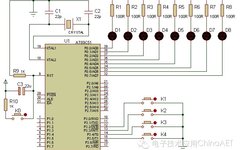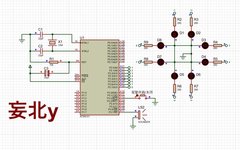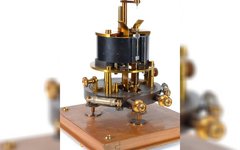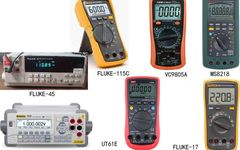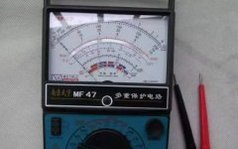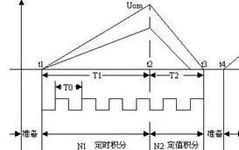Learn How to Use Proteus for PCB Design
Currently, using Keil C51 and Proteus for microcontroller system development has become the first choice for many microcontroller enthusiasts. The combination of Keil C51 and Proteus allows for software design and hardware simulation debugging of microcontroller systems, which can greatly shorten the development cycle and reduce development and debugging costs. Once the simulation debugging is … Read more
